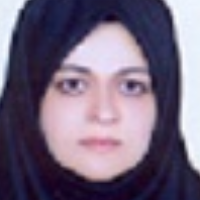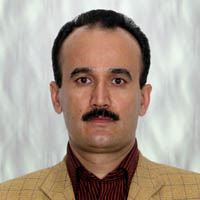Exposure to radiofrequency radiation emitted from mobile phone jammers adversely affects the quality of human sperm
Author(s):
Abstract:
Background
The health effect of rapidly increasing everyday exposure of humans to radiofrequency radiation is a major global concern. Mobile phone jammers prevent the mobile phones from receiving signals from base stations by interfering with authorized mobile carriers services. In spite of the fact that mobile jammer use is illegal, they are occasionally used in offices, shrines, conference rooms and cinemas. The purpose of this study was to investigate the biological effects of short term exposure of human sperm to radiofrequency radiation emitted from a commercial mobile phone jammer.Materials And Methods
Fresh semen samples were obtained by masturbation from 50 healthy donors who had referred with their wives to Infertility Treatment Center at the Mother and Child Hospital, Shiraz University of Medical Sciences. Female problem was diagnosed as the reason for infertility in these couples. The semen sample of each participant was divided into 4 aliquots. The first aliquot was subjected to swim-up and exposed to jammer radiation. The second aliquot was not subjected to swim-up but was exposed to jammer radiation. The third and fourth aliquots were not exposed to jammer radiation but only the 3rd aliquot was subjected to swim-up. Results
Semen samples exposed to radiofrequency radiation showed a significant decrease in sperm motility and increase in DNA fragmentation.Conclusion
Electromagnetic radiation in radiofrequency range emitted from mobile phone jammers may lead to decreased motility and increased DNA fragmentation in human semen. It can be concluded that mobile phone jamming might exert adverse reproductive health effects.Keywords:
Language:
English
Published:
International Journal of Radiation Research, Volume:15 Issue: 1, Jan 2017
Pages:
63 to 70
https://magiran.com/p1669768
مقالات دیگری از این نویسنده (گان)
-
Potential Effects of Soy Isoflavones and Broccoli Extract on Oxidative Stress, Autophagy, and Apoptosis Gene Markers in Endometriosis
Soudabeh Sabetian, , Sina Vakili, Mohammad Samare-Najaf, Sarah Siahbani, Fatemeh Zal, Nader Tanideh, Mahintaj Dara *, Zahra Khodabandeh
International Journal Of Fertility and Sterility, Oct-Dec 2024 -
Ceratonia siliqua L. pod Effects on Viability Gene Expression of Endometrial Mesenchymal Stromal/Stem Cells Isolated from Women with Endometriosis-Associated Infertility
Zahra Khodabandeh, *, Atefe Hashemi, Kamran Hessami, Iman Jamhiri, Shahrokh Zare, Parmis Badr, Aida Iraji, Tahere Poordast, Neda Baghban, Arezoo Khoradmehr, Nadiar Maratovich Mussin, Asset Askerovich Kaliyev, Yerbolat Maratovich Iztleuov, Reza Shirazi, Mahdi Mahdipour, Shabnam Bakhshalizadeh, Farhad Rahmanifar, Nazanin Jafari, Nader Tanideh, Amin Tamadon
International Journal Of Fertility and Sterility, Oct-Dec 2024 -
The Effect of Teaching Through Three Types of Mind Maps (Bubble, Double-Bubble, and Multi-Flow) on Iranian EFL Learners' Comprehension and Production of English Collocations
Davood Gholami, *
Journal of Modern Research in English Language Studies, Autumn 2024 -
On the Effectiveness of Involvement Load Components on L2 Vocabulary Learning
Zahra Memarnia, Abbas Zarei *
Journal of English Language Teaching and Learning, Spring-Summer 2024



